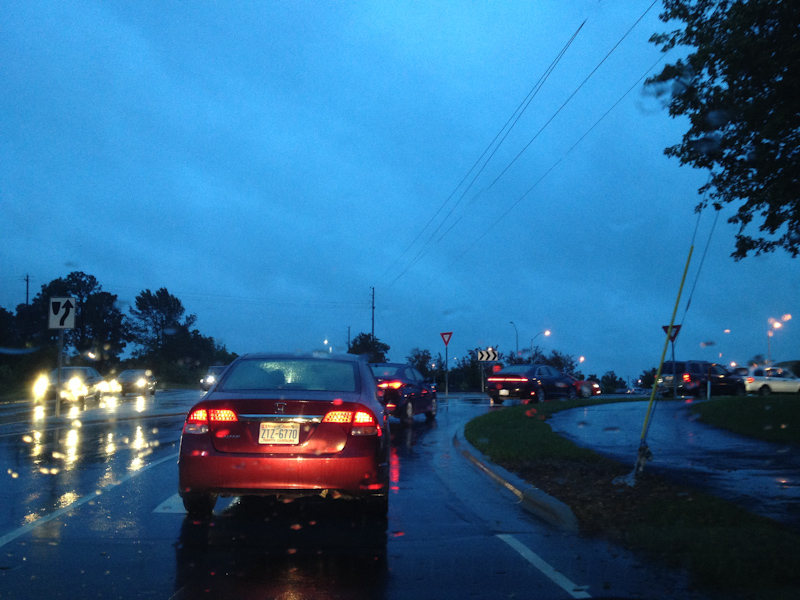The Springtime Spike: What You Need to Know About Drunk Driving
Cary, NC – As the weather starts to warm up in the Spring, it can mean many things for traffic patterns. More cars can be seen on the roads in warmer weather – not just because it’s nicer driving weather but also because more people tend to go on vacation during these months as they celebrate Spring break.
In addition to the roads being packed with traveling college students and families, spring break often means far more alcohol consumption than usual. It isn’t unheard of for people to drive to and from the beach or bar after drinking, so it’s incredibly important to remain alert behind the wheel.
During a season where drinking and driving is prevalent, it’s important to know how to potentially prevent drinking and driving, as well as understand how to recognize alcohol use disorder.
What can be done to prevent drunk driving?
1. Download the Uber or Lyft app immediately.
Ensuring that you have an easy alternative to a designated driver is incredibly important. Uber and Lyft are such easy apps to use on your phone, and they don’t require cash the way taxis do.
2. If someone is willing not to drink, make sure they drive.
If a friend of yours decides they won’t have even one drink, then make sure they drive! If they change their mind halfway through the night that’s okay, but now is the time to utilize your Uber app.
3. Have everyone put their keys together and hide them!
Though your friends may be upset with you at first, they’ll be thanking you in the morning. Ask that everyone who plans to drink puts their keys in a bowl so that you can hide it somewhere around the house or hotel room in case anyone is tempted to get behind the wheel.
How do you recognize alcohol use disorder?
Alcohol use disorder can also be referred to ask alcohol abuse or alcoholism. There are many warning signs for alcohol use disorder. If you notice more than one symptom in yourself or in a loved one, it’s important to seek the necessary help. In the past year if you:
- Had times when you drank more or longer than you intended.
- Want to reduce or stop drinking, but you couldn’t.
- Wanted a drink so badly that you couldn’t think of anything else.
- Put yourself into situations where you could get hurt.
- Experienced withdrawal symptoms when the alcohol wore off.
- Spent a lot of time drinking or being hung over.
- Found that drinking interfered with your life.
- Stopped or cut back on things that were once important to you.
- Continued to drink even though in caused problems with loved ones.
- Had to drink more than you previously did in order to get the desired effect.
Some of the risk factors are mental health disorders, personality traits, trauma, stress, genetics and family, social and cultural, and persona drinking history.
While there are many ways to help prevent drunk driving, ultimately a person’s decision is all their own. If you or a loved one is experiencing multiple symptoms of alcohol use disorder, it’s imperative to reach out for help right away.
Story by Brittany Cotton. Photos by Hal Goodtree.





